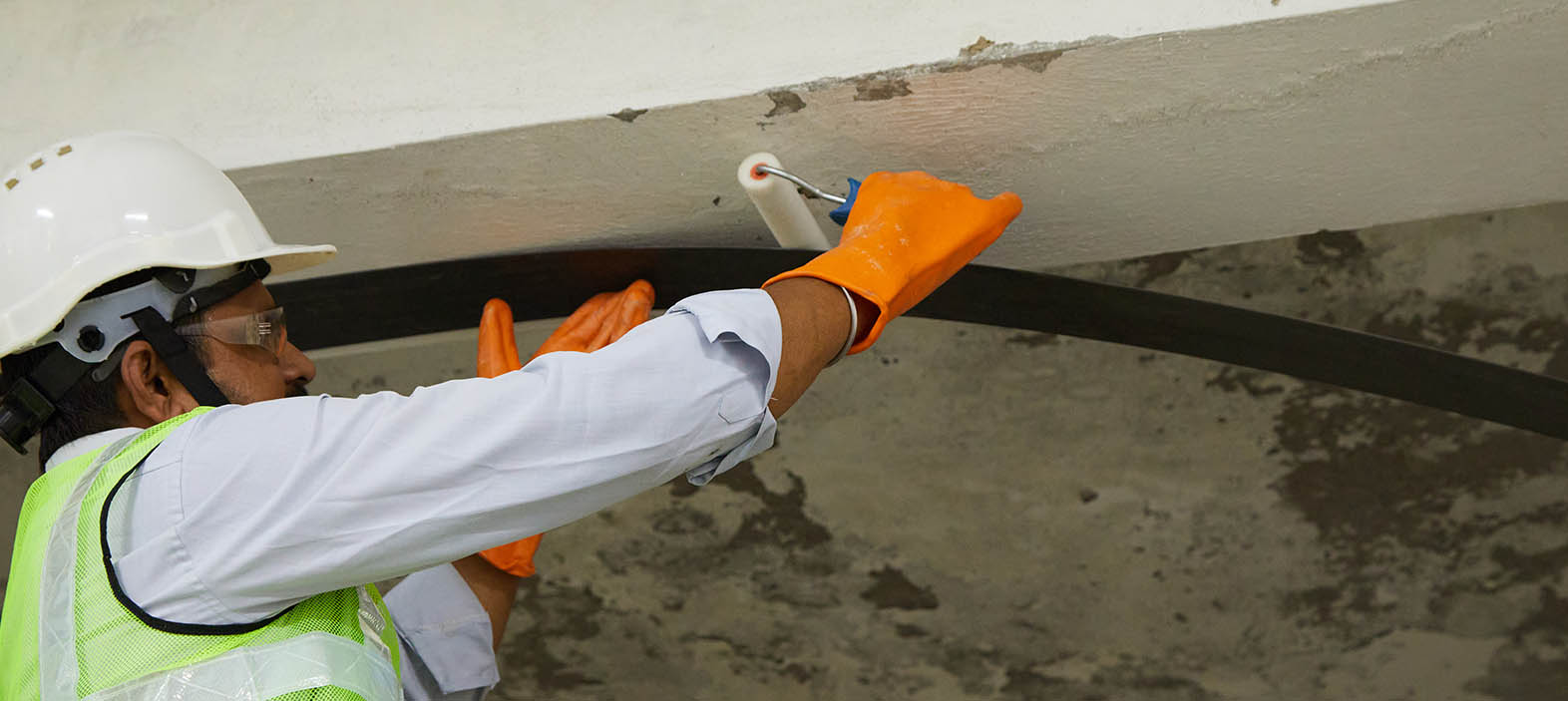
Sustainability aspects of carbon fiber composites in construction
👁 Reads: 192
Increasing use of carbon fiber composites products in the construction industry naturally leads to concerns about the aspects of sustainability and harmony with nature. There being a growing social concern about environment-friendliness of advanced construction materials, it is appropriate to examine the sustainability related aspects of carbon fiber CFRP composites products in the present context.
It is a universal fact that carbon fiber composites are used in the construction industry owing to their superior mechanical, thermal and electrical properties. Some of the most important ones being high tensile modulus, durability, thermal stability over a fairly large temperature range, stiffness, resistance to fatigue, high strength-to-weight ratio, lower moisture absorbance, low degradation by environment, high corrosion resistance, and UV protection. All this explains their adaptability in the construction and structural applications.
Before we go deeper into the sustainability of composite fiber-based products in the construction industry, let us first examine the particular forms of materials and their applications.
Carbon Fiber plates are used in large sized pre-fab beams and together with concrete, they offer high flexural strength as is necessary in the loadings in bridges and elevated metro ways. Girders in steel bridges also deploy carbon fiber plates for adding strength. Carbon fiber plates increase the load bearing capacity while reducing the cost of transportation to the sites. There may be several layers stacked within a given thickness of a plate. Support decks are another area of use of carbon fiber plates.
Carbon fiber laminates generally made from unidirectional carbon fiber, find applications in structural columns to enhance the load bearing capacity and resistance to earthquakes. Typical applications include repairing of tunnels, large industrial chimneys, and under bridges
Carbon fiber fabrics are the basic raw materials from which, customized forms of materials are made. The fabrics are woven using automatic machines and the fiber orientations or directions are well set before the weaving process. Pieces of fabrics in specific designed shapes are cut from rolls using various tools, and thereafter processed with resins to give shapes to the final products or parts. Carbon fiber fabrics are commonly used to replace steel in the making of prefab units. Protection of columns from outside is also done using carbon fiber fabrics-based parts.
Coming to the sustainability benefit aspects, it would be more prudent to classify the behavior of carbon fiber construction materials in the following categories:
Bio-Degradability:
In general, carbon fiber construction materials are not easily bio-degradable as their longevity is a prime factor associated with their use.
Carbon fiber composites in their traditional form, are not bio-degradable, but there is an ongoing development and use of biopolymers with some naturally occurring fibers and carbon fibers as fillers as these can be degraded.
Recycling:
Bound by epoxies and made for stiffness and dimensional stability, makes the recycling of carbon fiber construction materials a challenging task. Practically speaking, they can best be broken mechanically by crushing or fragmenting and then the resulting bits and pieces can be recycled with limited advantages. The mechanical process can be further challenging due to release of toxic dust and vapor. However, the recent developments of bio-degradable polymers with carbon fiber are better placed in terms of recyclability as carbon elements get reclaimed.
Resins from carbon fiber composites products are removed using a process known as pyrolysis, wherein, high temperature is used to evaporate the resin. This has limited application.
Environment-friendly:
Although, during their use, in whatever form, e.g., carbon fiber plates or carbon fiber fabrics, or carbon fiber laminates and others, they remain inert. However, their process of manufacture involves working with resins/polymers at high temperatures which often result in release of harmful emissions. Also, the making of carbon fibers involves a large amount of power and other inputs that indirectly add to damages to the environment. During the processes of cutting and finishing, the remaining left-overs of fibers and trimmed portions of molds are a waste seldom recycled. Prototype disposals, and warehouse rejections also contribute to the waste generation.
End-of-life goods are also a source of waste, and a burden on the environment.
Wrapping up:
Whereas the world will continue taking advantage of the favorable properties of carbon fiber materials, in the years ahead, leading sustainability organizations and industry associations will have to define goals linked to sustainability and the roadmap of implementation. Ultimately, where there is a will, there will be a way.





